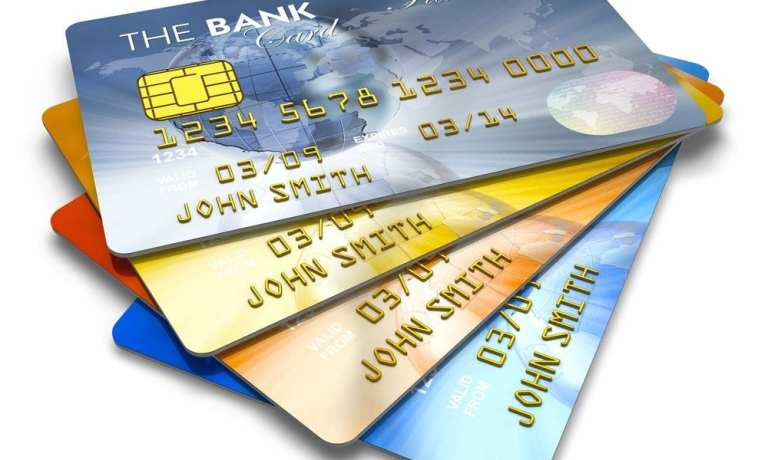
In several emerging nations, where disposable income may be on a general uptrend, lumpy though that trend may be, as cash use is stable or declines, then spending via credit and debit cards also rises.
Research from PYMNTS shows that among various economies spanning Asia and Latin America, “card share” as a percentage of overall spend has been increasing. And against the backdrop of familiarity with technology (on the part of the consumer, naturally) this has led banks and FinTechs to partner on a range of offerings to spur more debit and credit usage.
Also of note: There seems to be bifurcation of card ownership, between rich and poor, and card usage also skews differently among different demographics. To that end, and diving into the evidence:
In Brazil, “cash share” has remained relatively stable across the years, with a slight increase from percentage points in the high teens a decade ago to about 20 percent today (this is measured as a percentage of GDP). But card share has increased steadily, to 19.1 percent at the end of 2017 from 12.1 percent in 2009. But drilling down a bit, there are stark differences in card ownership, as two years ago only 44 percent of the poorest 40 percent of the country’s population had debit cards, and where 70 percent of the richest 60 percent of the population had debit cards. For credit cards those same income strata showed 16 percent and 35 percent, respectively. In one recent announcement related to cards in Brazil, late last year, Elo, the 100 percent Brazilian credit card brand, and Diners Club said they would launch Elo Diners Club International cards in Brazil.
Card use also seems to skew a bit older in Brazil. While 37.5 percent of young adults (those aged between 15 and 24) owned a debit card in 2017, roughly double that tally, at 66.1 percent of older adults (aged above 25) owned at least one. Separately, 30.1 percent of older adults owned credit cards, compared to 17 percent of younger adults.
India
In India, and in the wake of demonetization, cash share has been waning: it was 52.8 percent in 2011 and 49.4 percent in 2017. By contrast, card share has been increasing. The card usage stats are markedly different here than, say, in Brazil. In terms of debit cards, eight years ago only 3 percent of the poorest 40 percent of the population owned a debit card, while 12 percent of the richest 60 percent held that payment option.
In 2017, that latter population boosted holdings of debit cards dramatically, to 43 percent, while 17 percent of the poorest held cards. In terms of credit cards, only 2 percent of the poorest 40 percent of the population held at least one credit, while that number was doubled to roughly 4 percent of the richest 60 percent segment of the population.
In only one recent announcement, Paytm has linked with Citibank. The banking giant is handling card issuance and underwriting would be done by Citibank; Paytm is handing the digital interface and distribution services part of the partnership.